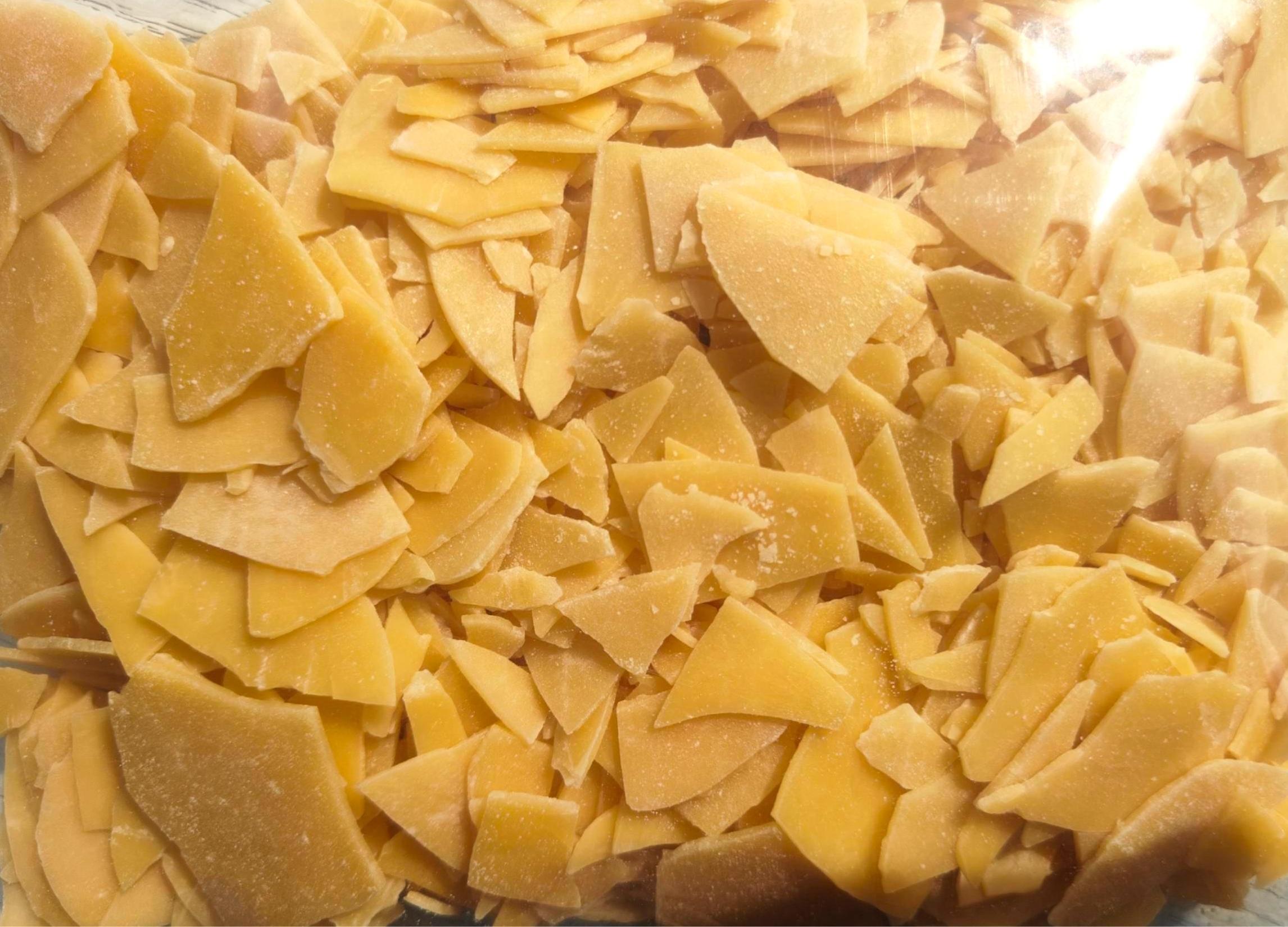Flotation is a method of separating and enriching ores by changing the hydrophobicity or hydrophilicity of the ore surface. The principle is that hydrophobic particles will float on bubbles for easy scraping, while hydrophilic particles will sink. Sodium hydrosulfide, as a flotation reagent, can help create hydrophobic conditions on the surface of specific minerals, especially copper and molybdenum sulfides. When it is added to the flotation cell, it will make these minerals float more easily, thereby separating them from gangue or other useless substances. For example, in the sorting process of copper-molybdenum ore, sodium hydrosulphide 70% can suppress copper minerals and enrich molybdenum minerals, thereby achieving effective separation of the two minerals.
Post time: Jun-20-2025




